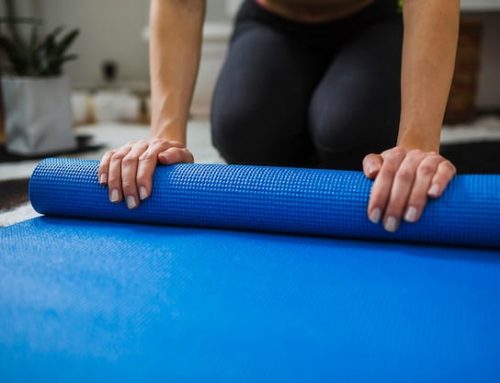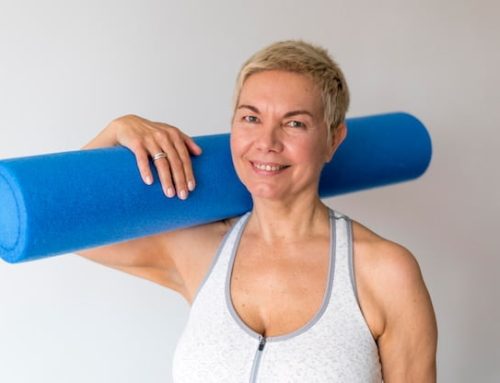What is foam rolling?
Foam rolling is a form of self-myofascial release (SMR) that helps to relieve muscle tightness, soreness, and pain by applying pressure to specific areas of the body using a foam roller. It is often used by athletes, fitness enthusiasts, and physical therapists as a way to warm up muscles before a workout, speed up recovery after exercise, and improve range of motion.
How does foam rolling work?
When you use a foam roller to apply pressure to your muscles, it leads to the release of adhesions and knots that can cause muscle tension, pain, and stiffness. Foam rolling also increases blood flow and oxygenation to the muscles, which helps to speed up recovery and reduce soreness.
Can foam rolling break up fat?
While foam rolling can be an effective way to improve muscle health, it is not a proven method for breaking up fat. Fat is stored in the body as adipose tissue, which is located beneath the skin and around the organs. Foam rolling can help to improve blood flow and loosen up tight muscle tissue, but it does not have the ability to break up fat cells and eliminate them from the body.
What are the benefits of foam rolling?
Foam rolling has numerous benefits for athletes, fitness enthusiasts, and anyone looking to improve their muscle health. Some of the key benefits of foam rolling include:
- Reduced muscle soreness and stiffness
- Increased range of motion and flexibility
- Improved blood flow and oxygenation to the muscles
- Reduced risk of injury
- Improved athletic performance
How often should you foam roll?
There is no one-size-fits-all answer to this question, as the frequency of foam rolling depends on your individual needs and goals. However, most experts recommend foam rolling at least 2-3 times per week, or before and after exercise to improve muscle health and reduce soreness.
What are some common foam rolling exercises?
Foam rolling can be used to target specific areas of the body, including the back, legs, hips, and shoulders. Some common foam rolling exercises include:
| Body Part | Exercise |
|---|---|
| Back | Upper back: Lie on your back with a foam roller underneath your shoulder blades. Roll up and down your upper back. |
| Legs | Quads: Lie face down with a foam roller underneath your thighs. Roll up and down your thighs. |
| Hips | IT band: Lie on your side with a foam roller underneath your outer thigh. Roll up and down your outer thigh. |
| Shoulders | Shoulder blades: Lie on your back with a foam roller underneath your shoulder blades. Roll up and down your upper back. |
Are there any risks of foam rolling?
While foam rolling is generally considered safe for most people, there are some risks associated with it. Overuse of foam rolling can lead to muscle pain, inflammation, and discomfort. It is also important to avoid using a foam roller on areas of the body that are injured, inflamed, or infected.
Conclusion
In conclusion, foam rolling is a safe and effective way to improve muscle health and reduce soreness. While it is not a proven method for breaking up fat, it can be a valuable tool for athletes, fitness enthusiasts, and anyone looking to improve their flexibility, range of motion, and athletic performance. Remember to use foam rolling in moderation, and always consult with a healthcare professional before starting a new exercise routine.






